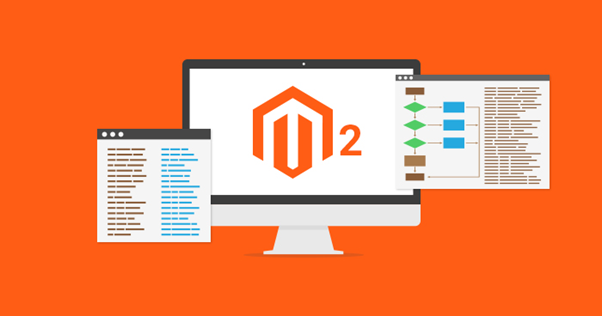
In 2015, Magento 2 was released, increasing the platform’s online market share to almost 30%. Due to its powerful features, such as enhanced performance with NGINX, Redis, and Varnish support, built-in Full Page, Cache CSS preprocessing, CSS and JS Minification, Code generation, Requirejs for improved JS, and User-friendly Checkout, Magento 2 is now thought to be eclipsing all other e-commerce platforms. So, consider upgrading your Magento 1 website as soon as possible to Magento 2.
Any adjustments to the platform that are made as a result of these significant enhancements demand more specialized technical and advanced development expertise. With years of experience in Magento development, we’ve compiled a list of recommendations for best practices for both seasoned developers with the Magento 2 certification and newcomers.
Magento Coding Standards Maintenance
The official code standard for practically all businesses is the Magento Coding Standard. Together with other standardized tools, such as PHP CodeSniffer, Magento support and maintenance implements Magento-specific improvements like naming conventions and other coding standards in addition to PHP recommendations like PSR compliance, fundamental security principles, and syntax checks.
Because of this, the majority of developers usually operate under time constraints, which leads them to forgo coding standards. While it serves its purpose in the near run, things get worse over time. If you don’t adhere to the coding standards, your Magento code will be prone to mistakes and difficult upgrades. A lack of quality also affects the performance of the code.
Always follow coding conventions, and never change core files because doing so can affect Magento’s behavior and expose security holes. It frequently happens that your project or assignment needs to be completed quickly, thus for the most part, all the engineers lose focus on following the rules. Although you might receive the results quickly, your effort will need to be of high quality, and your development will eventually stall.
Try not to Make Helper Classes
The classes known as “helper” or “utility” contain immobile objects that have no place elsewhere. According to the principles of object-oriented programming, these classes are considered to be anti-patterns. If you have a ClassA Helper and ClassA with static functions that depend on ClassA, you should think about refactoring those functions into ClassA.
In an effort to handle multiple problems in a single class, a helper class that acts as a catch-all for random methods violates the single responsibility principle. To move those functions into the classes they should only be used on, you must completely rebuild your code.

Design Principles and Patterns
This procedure is applicable to all programming endeavors and languages; it is not just for Magento or PHP. For the most part, there are established sets of design patterns and guidelines that should be used when coding.
A helpful resource for different design patterns is the Sourcemaking Design Patterns page. A useful page on software design patterns may be found on Wikipedia. To practically any programming project, these tried-and-true patterns of sound programming concepts can be applied. Best practices for design patterns may evolve over time, but they typically remain constant.
Set aside some time for study groups to focus on learning design patterns if your programmers don’t already have a broad understanding of them. Building camaraderie among your team members and instilling confidence in your programmers can both happen through peer-to-peer learning of these patterns.
The Effectiveness of Reused Code
Reducing unneeded code is the easiest and most effective technique to increase any program’s efficiency. Designing reusable code is therefore one of the most important best practices for Magento 2 development. Instead of using that code several times, it can be contained in a single class or method. This class or function may be referenced from anywhere that requires code.
Writing generic code is a crucial factor here. Oftentimes, when we look more closely, we can utilize a generic solution in the majority of cases instead of writing code specifically for a function.
Conclusion
Every best practice will move you and your company closer to your goals. It will follow an entirely new course and produce greater financial outcomes. Thus, it is ideal to adhere to the aforementioned Magento coding best practices if you want to lead your firm and take a tremendous lead. Your Magento code will become even more robust if you keep it up to date, follow best practices, and maintain a good standard.

